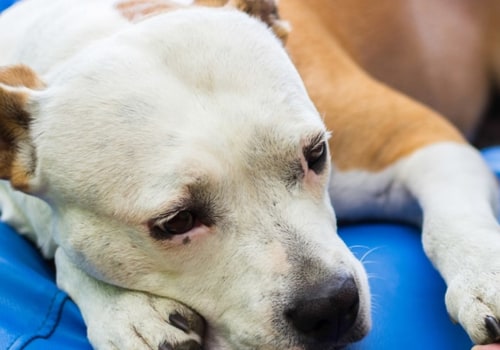Nortriptyline was the most effective treatment. Of the study subjects who took this medication, 25% reported that their discomfort improved by at least 50%. Side effects were common with all treatments. Certain tricyclic antidepressants, such as amitriptyline, doxepin (Silenor, Zonalon) and nortriptyline (Pamelor), have been found to help relieve pain by interfering with chemical processes in the brain and spinal cord that cause you to feel pain.
Serotonin and norepinephrine reuptake inhibitor duloxetine (Cymbalta, Drizalma Sprinkle) and extended-release antidepressants venlafaxine (Effexor XR) and desvenlafaxine (Pristiq) may also relieve pain from peripheral neuropathy caused by diabetes. Side effects of antidepressants may include dry mouth, nausea, drowsiness, dizziness, changes in appetite, weight gain, and constipation. Surgical treatment may be recommended for people with nerve damage due to nerve injury or nerve compression. Mobility aids, such as a cane, walker, or wheelchair, can be helpful.
For pain, your doctor may prescribe pain relievers. Intensive care neuropathy treatment includes infection control, fluid and electrolyte replacement, and physical therapy. Most people with GBS experience almost complete recovery, usually after several months of physical therapy. However, some patients may experience recurrent episodes of weakness after initial presentation.
This condition, called chronic inflammatory demyelinating polyneuropathy (CIPD), can generally be managed with treatment with IVIG or with treatment with corticosteroids. SNRIs inhibit serotonin and norepinephrine reuptake at the synaptic level. Duloxetine is most effective in reducing neuropathic pain. Duloxetine and venlafaxine are associated with increased blood pressure and cardiac conduction disorders and should therefore be used with caution in patients with heart disease.
Opioids are widely used for the treatment of pain and inhibit nociceptive transmission through the µ-opioid receptors, presynaptic and postsynaptic. Tramadol is a µ-opioid agonist, but it also exerts effects that may contribute to its analgesic properties in neuropathic pain, including inhibiting serotonin and norepinephrine reuptake. Tapentadol is the only opioid approved by the FDA for the treatment of neuropathic pain associated with diabetic peripheral neuropathy, 7.BTX-A, also included as a third-line treatment, is a potent neurotoxin commonly used to treat spasticity, based on its ability to inhibit synaptic exocytosis and, therefore, both neural transmission. Each patient received two series of 10 FREMS treatments, and each series lasted no longer than 3 weeks.
Gabapentin and Pregabalin have been approved by the Food and Drug Administration (FDA) for the treatment of neuropathic pain. The best treatment for alcoholic neuropathy is to stop drinking alcohol to prevent the neuropathy from worsening. The analgesic effect was evident immediately after treatment (200 five-pulse trains administered at 10 Hz) and a residual effect was observed up to 4 days after treatment. DFW Neuropathy is committed to establishing and developing treatments that provide accurate diagnoses, minimum risks and maximum results.
For this reason, some preclinical studies investigated treatments capable of modulating neuroinflammation and downregulating inflammatory cytokines. Just as neuropathy (also called peripheral neuropathy) is not just a condition, nor is there a single treatment option that is best for all forms of this group of health problems. Early diagnosis and treatment of peripheral neuropathy is important, because peripheral nerves have a limited ability to regenerate and treatment can only stop progression, not reverse damage. The treatment also showed anti-apoptotic properties, decreasing the expression of Bax mRNA and caspase-3 and increasing the expression of the anti-apoptotic protein Bcl-2.
There are several different treatments for neuropathic pain, and the best treatment isn't always the same for everyone, as they may not experience exactly the same results and side effects as everyone else. A number of clinical trials have been conducted to test the effectiveness of new therapeutic approaches for the treatment of neuropathic pain. DFW Neuropathy is a multicenter, all-inclusive center that always follows evidence-based medicine and the utmost holistic care, with good bedside manners and a high success rate from treatment to cure. The study conducted by Kandhare AD and colleagues showed the possible participation of Azadirachta indica (AI), a tree of the Meliaceae family, in the treatment of peripheral neuropathy induced by PSNL.
. .







